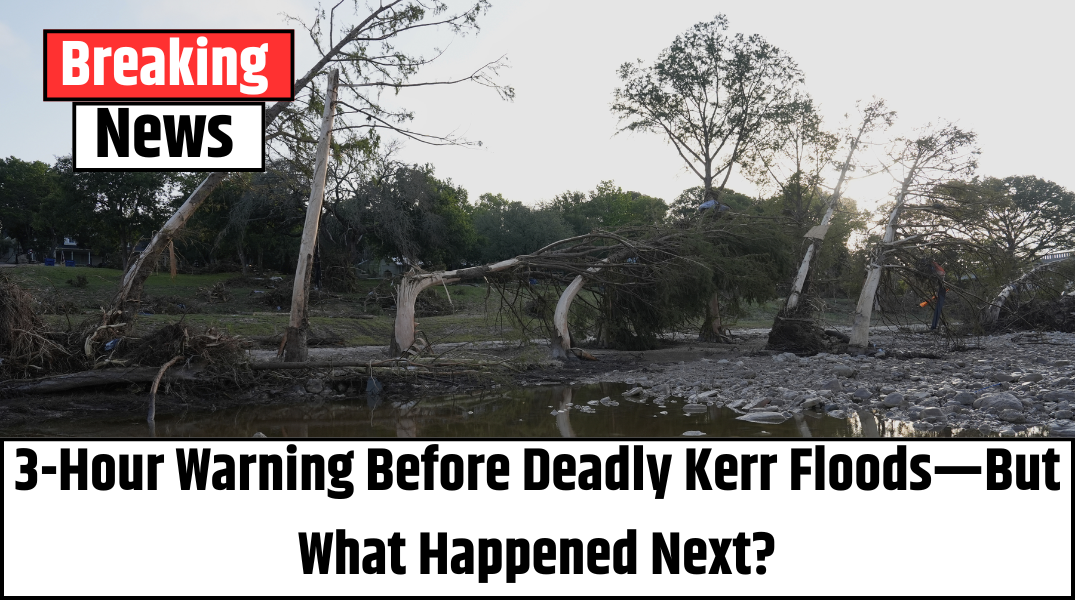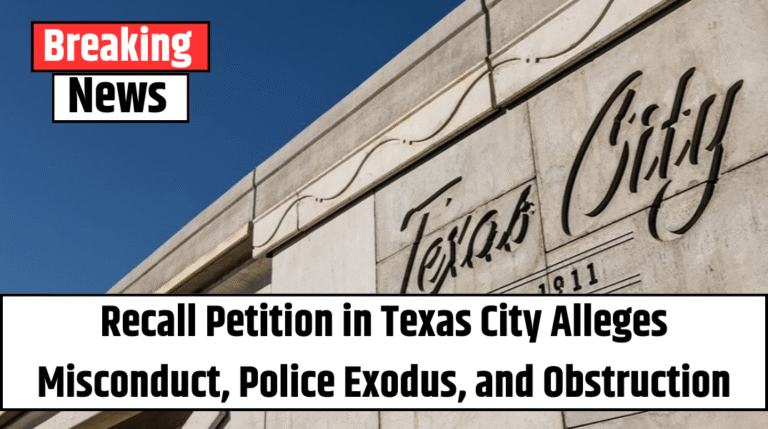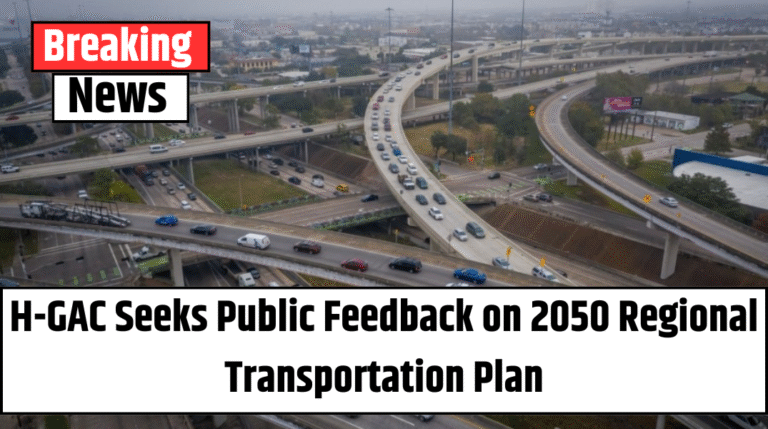3-Hour Warning Before Deadly Kerr Floods—But What Happened Next?
In the early morning hours of July 4, the first flash flood warning for central Kerr County went out at 1:14 a.m., sent by the National Weather Service (NWS). Yet, over three hours passed before the first confirmed reports of flooding were received, raising questions about how local authorities responded to the escalating emergency.
While alerts were triggered automatically via phones and weather radios, whether county and city officials saw these messages—and acted accordingly—remains unclear. Despite numerous public briefings in the days following the flooding, Kerr County officials have yet to detail their immediate response. The city manager of Kerrville has continually emphasized that their priority was on search and rescue efforts, avoiding direct answers about preemptive actions.
Governor Greg Abbott, addressing reporters days later, acknowledged the existence of flash flood warnings but emphasized the unpredictability of the event. “No one would know that would be a 30-foot-high tsunami-ball of water,” he said.
NWS officials have stated they were in contact with local authorities that night, but some calls reportedly went to voicemail. Kerrville’s mayor said he first learned of the flooding at 5:30 a.m. from the city manager, over four hours after the initial alert.
Warnings didn’t appear on official county social media pages until about the same time the Guadalupe River had already overflowed, inundating parts of Hunt and rushing toward Kerrville. By then, dozens of lives had already been lost or were in imminent danger.
Flash Flood Alley’s Worst-Case Scenario
Meteorologists call Central Texas “Flash Flood Alley” for good reason. The area’s shallow limestone terrain and limited soil absorption mean that rain can quickly cause rivers to surge. Holiday weekends, like July 4, bring visitors unfamiliar with the area’s flood risks, and nighttime storms further compound danger.
Also Read – No Action Taken: Texas Fails to Advance Local Emergency Alert Legislation
By Thursday afternoon, July 3, a flood watch had already been issued for the region, signaling the potential for dangerous weather. Experts say that is typically the earliest meaningful action that can be taken. But a watch is often not enough to spark urgency among either residents or officials.
Retired NOAA meteorologist Alan Gerard explained, “It’s like tornado forecasting—we can identify the risk but not pinpoint exactly where or how severe the event will be.”
Rising Waters, Late Warnings
After the initial flood warning at 1:14 a.m., a “flash flood emergency”—a rarely used and extremely urgent alert—was issued at 4:03 a.m. Still, the first public warnings from county officials didn’t appear on Facebook until nearly 5:30 a.m., shortly before a second emergency warning extended the alert eastward.
By that point, the Guadalupe River had already surged over 29 feet near Hunt and would continue rising. The river gauge eventually failed due to extreme flooding.
Some residents, like Valerie Peters staying at an RV park, did receive phone alerts but didn’t understand the seriousness. “We had no idea how serious this rain was,” she said.
The problem, according to experts, may not lie in issuing alerts but in how those alerts are received and acted upon. Many people either don’t receive warnings due to poor cell service or disable them due to frequent, less severe alerts. Others simply sleep through them.
Preparedness or Complacency?
Kerr County Judge Rob Kelly said at a press briefing, “We didn’t know this flood was coming.” Yet the Texas Division of Emergency Management (TDEM) had raised readiness levels and pre-positioned resources days before. TDEM Chief Nim Kidd confirmed that regional directors contacted local officials to discuss preparedness. However, it remains unknown what, if any, action was taken by Kerr County.
Rice University flood expert Avantika Gori noted that “alert fatigue” could explain the inaction. In flood-prone areas, frequent watches can lead people to ignore real threats.
Communication Gaps
There is also a significant discrepancy in how warnings were distributed. While FEMA gives registered cities and counties the power to issue push notifications without requiring individual signups, Kerr County and Kerrville did not utilize this system during the critical hours.
Also Read – More Than 100 Lives Lost in Texas Flooding Disaster, Recovery Ongoing
Kerrville’s mayor, Joe Herring, only received a CodeRED alert at 6 a.m. and had not been awakened by earlier notifications. Two close friends of his—both prominent community members—were killed in the floods. “I wish to God there had been some way to warn them,” he said.
The ‘Last Mile’ Problem in Disaster Communication
Experts say the biggest challenge is often not issuing a warning, but ensuring the right people receive it—and act on it. “The ‘last mile’ of communication is the hardest,” said Bob Henson of Yale Climate Connections. “Even if you issue the perfect forecast, if no one sees or believes it, it’s ineffective.”
Henson and others argue that strengthening ties between meteorologists and local emergency officials is vital. The responsibility of building those relationships often falls on a single staffer—the Warning Coordination Meteorologist—whose job is to prepare communities before a crisis.
As recovery efforts continue, so too will the investigation into what happened in the crucial hours before the Guadalupe River changed thousands of lives. Accountability may hinge not only on what was forecast—but on what was ignored.







